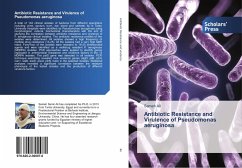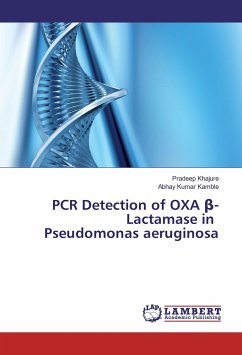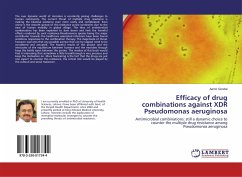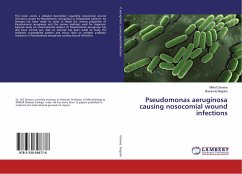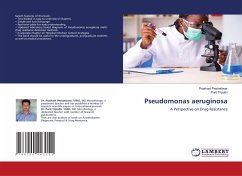A total of 104 clinical isolates of bacteria from different specimens including urine, sputum, burn, ear, blood and catheter tip in Tanta University Hospitals were identified as Pseudomonas aeruginosa using morphological, cultural, biochemical characteristics with the aim of studying the correlation between antibiotic resistance and virulence of P. aeruginosa clinical isolates. The antibiotic resistance profiles of the isolates were determined. All isolates showed a high frequency of multiple drug resistance (13-25). All the isolates had a very high MAR index. Forty-four of the isolates were resistant to 18-25 antimicrobial agents and were identified as a multidrug resistant P. aeruginosa (MDRPA) isolates. PCR approaches were applied to identify genes implicated in antimicrobial resistance and virulence factors in the 12 MDRPA isolates. The pstS gene was detected in all isolates. PCR technique searching revealed nine virulence genes (algD, pilB, plcH, nan1, lasB, exoS, exoU, plcN, toxA) in the selected isolates. Statistical analyses revealed a significant correlation between the resistant phenotype of the tested isolates and the production of different virulence factors.
Bitte wählen Sie Ihr Anliegen aus.
Rechnungen
Retourenschein anfordern
Bestellstatus
Storno

